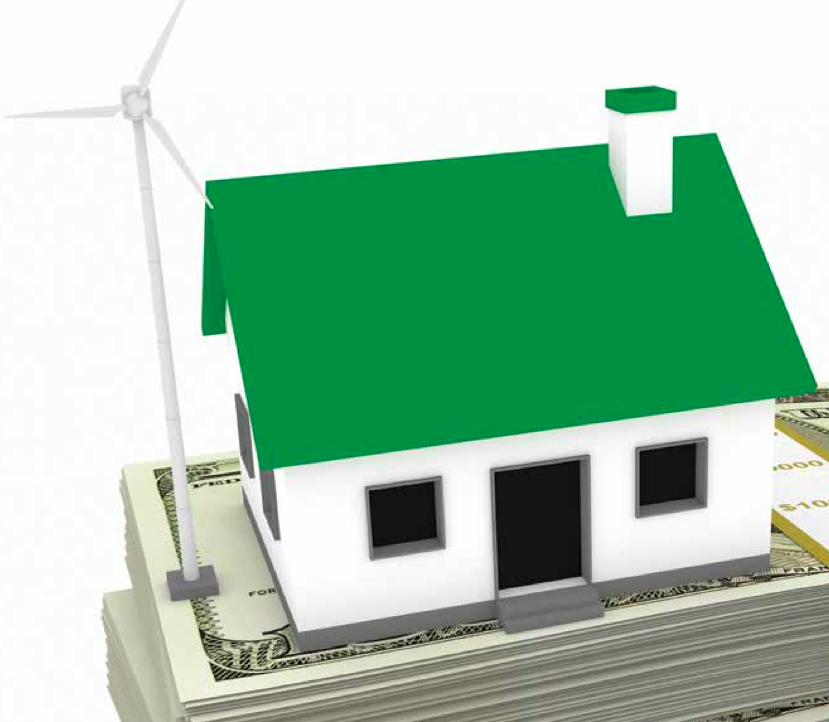With a dataset of 50,000 home sales among 27 counties in nine states, and of homes were within 10 miles of 67 different wind facilities, the study produced by Ernest Orlando Lawrence Berkeley National Laboratory is easily the most far-reaching ever produced. Does it give credence to the anecdotal evidence? Find out more in our exclusive extract…
Previous research on the effects of wind energy facilities on surrounding home values has been limited by small samples of relevant home-sale data and the inability to account adequately for confounding home-value factors and spatial dependence in the data. This study helps fill those gaps.
The authors collected data from more than 50,000 home sales among 27 counties in nine states. These homes were within 10 miles of 67 different wind facilities, and 1,198 sales were within one mile of a turbine – many more than previous studies have collected. The data span the periods well before announcement of the wind facilities to well after their construction. The authors use OLS and spatial-process difference-in-difference hedonic models to estimate the home-value impacts of the wind facilities; these models control for value factors existing before the wind facilities’ announcements, the spatial dependence of unobserved factors effecting home values, and value changes over time. A set of robustness models adds confidence to the results.
Regardless of model specification, the authors find no statistical evidence that home values near turbines were affected in the post-construction or post-announcement/pre-construction periods. Previous research on potentially analogous disamenities (e.g., high-voltage transmission lines, roads) suggests that the property-value effect of wind turbines is likely to be small, on average, if it is present at all, potentially helping to explain why no evidence of an effect was found in the present research.
In 2012, approximately 13 gigawatts (GW) of wind turbines were installed in the United States, bringing total U.S. installed wind capacity to approximately 60 GW from more than 45,000 turbines (AWEA, 2013). Despite uncertainty about future extensions of the federal production tax credit, U.S. wind capacity is expected by some to continue growing by approximately 5-6 GW annually owing to state renewable energy standards and areas where wind can compete with natural gas on economics alone (Bloomberg, 2013); this translates into approximately 2,750 turbines per year.
Much of that development is expected to occur in relatively populated areas (e.g., New York, New England, the Mid-Atlantic and upper Midwest) (Bloomberg, 2013). In part because of the expected wind development in more-populous areas, empirical investigations into related community concerns are required. One concern is that the values of properties near wind developments may be reduced; after all, it has been demonstrated that in some situations market perceptions about an area’s disamenities (and amenities) are capitalized into home prices (e.g., Boyle and Kiel, 2001; Jackson, 2001; Simons and Saginor, 2006). The published research about wind energy and property values has largely coalesced around a finding that homes sold after nearby wind turbines have been constructed do not experience statistically significant property value impacts. Additional research is required, however, especially for homes located within about a half mile of turbines, where impacts would be expected to be the largest.
Data and studies are limited for these proximate homes in part because setback requirements generally result in wind facilities being sited in areas with relatively few houses, limiting available sales transactions that might be analyzed. This study helps fill the research gap by collecting and analyzing data from 27 counties across nine U.S. states, related to 67 different wind facilities. Specifically, using the collected data, the study constructs a pooled model that investigates average effects near the turbines across the sample while controlling for the local effects of many potentially correlated independent variables.



























